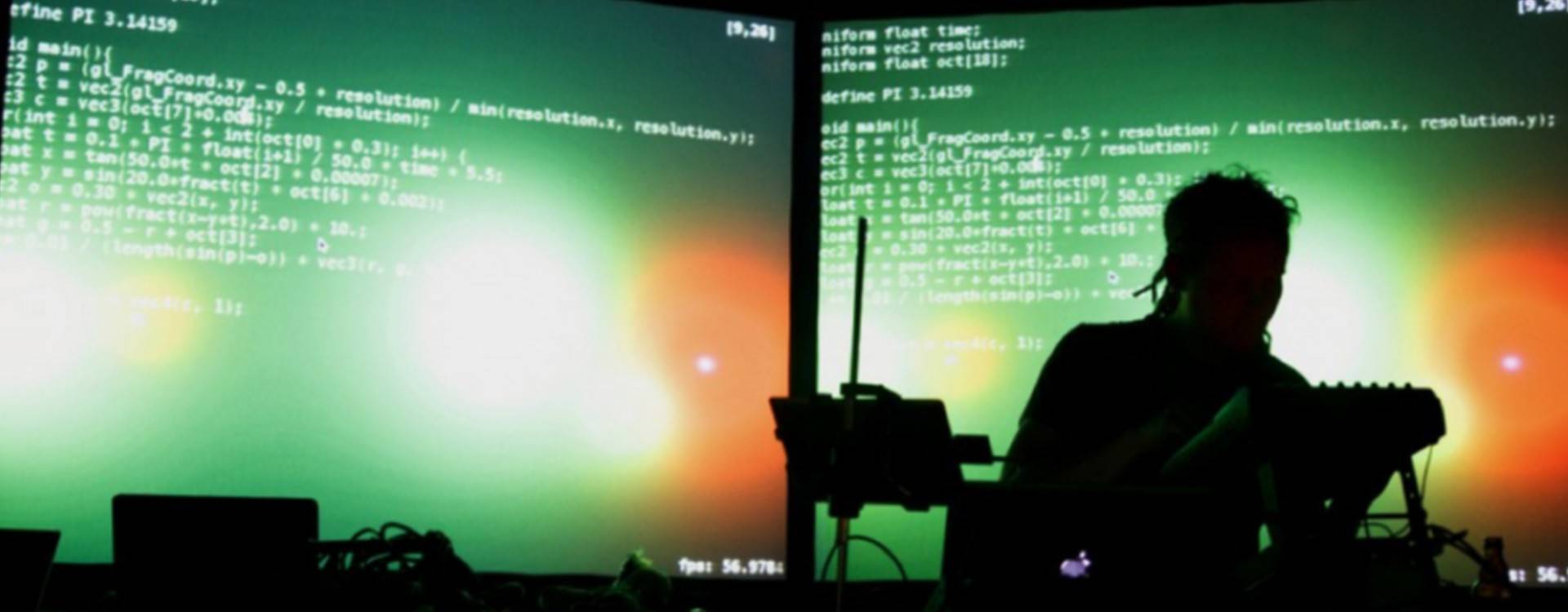Noise music, often referred to as "noise music," is a fascinating musical genre with its roots in sound experimentation and the quest for new expressive avenues. In this article, we will explore the origins of noise music, its artistic interests, current trends, and the challenges surrounding it.
Origins of Noise Music :
Noise music finds its origins in the artistic movement of futurism in the early 20th century, where artists sought to capture the essence of modernity through industrial and noisy sounds. However, the genre truly took off in the 1950s and 1960s, thanks to artists like Luigi Russolo, who wrote the famous manifesto "The Art of Noises." This manifesto advocated for the use of noisy sounds to create new sonic experiences.
Artistic Interests in Noise Music :
Noise music distinguishes itself by exploring extreme sound textures, frequencies, and dynamics. It is often characterized by the absence of conventional melodies and rhythmic structures, instead favoring the creation of abstract sonic landscapes. Noise artists aim to push the boundaries of auditory perception, thus crafting unique and provocative auditory experiences.
Current Trends in Noise Music :
Noise music is not only rooted in history but is also prevalent in the contemporary music scene. Artists such as Merzbow, Pharmakon, and Prurient have contributed to the genre's popularity. Furthermore, festivals and events dedicated to noise music have emerged, attracting an increasingly diverse audience.
Challenges in Noise Music :
Noise music sparks debates about the boundaries of art and music. Some see it as a radical departure from musical conventions, while others view it as a significant form of artistic expression. Challenges in noise music also pertain to audience reception, as this music can be challenging to grasp for non-initiates.
Languages and Compilers in Noise Music :
The creation of noise music often relies on advanced computer tools. Among the languages used, we can mention CSound, a music programming language that enables the generation of complex and experimental sounds. CSound provides precise control over sound synthesis, making it a popular choice among noise artists.
Another interesting tool is Sonic Pi, a real-time, live-coding music composition language. It allows artists to create noise music interactively by manipulating sounds in real-time, opening up new possibilities for sound exploration and improvisation.
Conclusion:
Noise music is an avant-garde musical genre inspired by sound experimentation and the exploration of the boundaries of auditory perception. It continues to evolve and pique the interest of musicians, listeners, and researchers.
Thanks to tools like CSound and Sonic Pi, noise artists have the opportunity to push the boundaries of sound expression even further, offering exciting new prospects for the future of experimental music.
MyVipFans
The marketplace of social shopping for professionals and their fans
I sign up




Leave a comment
Login to post comments